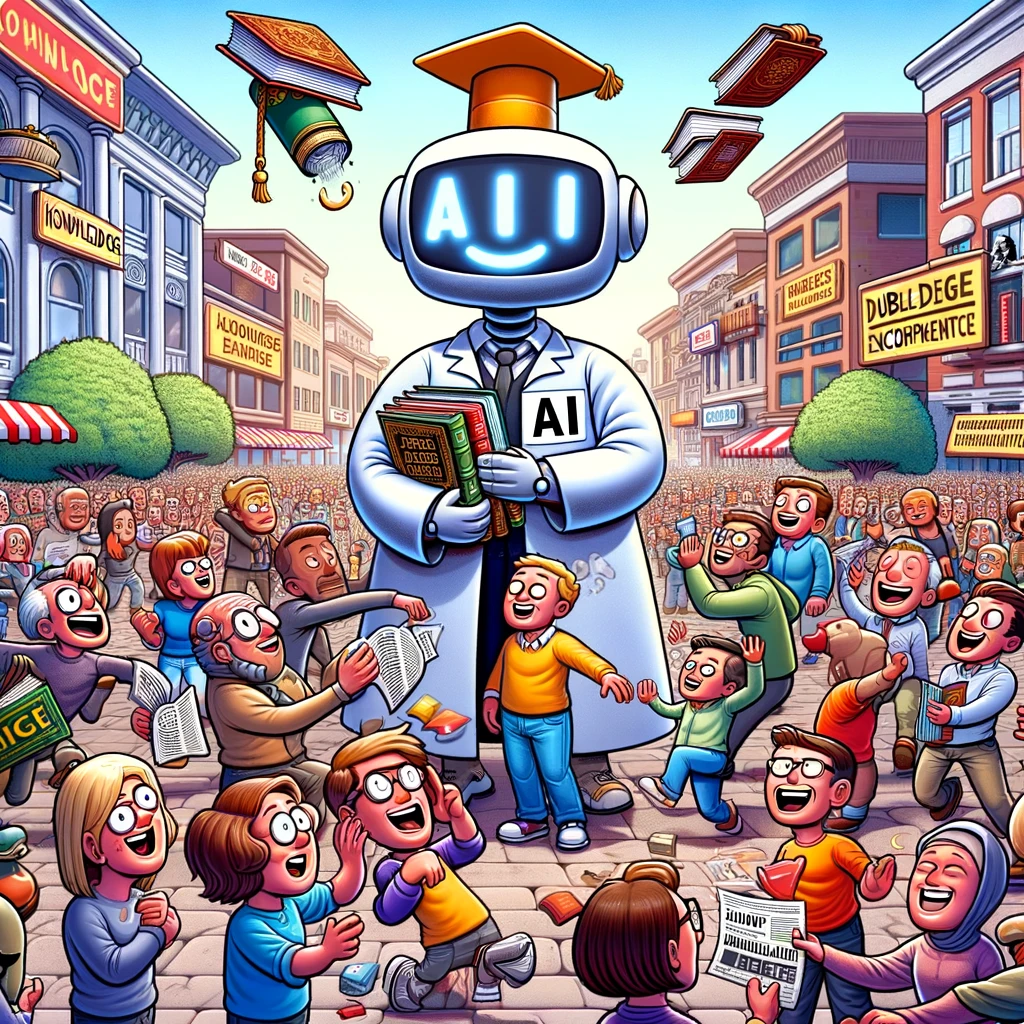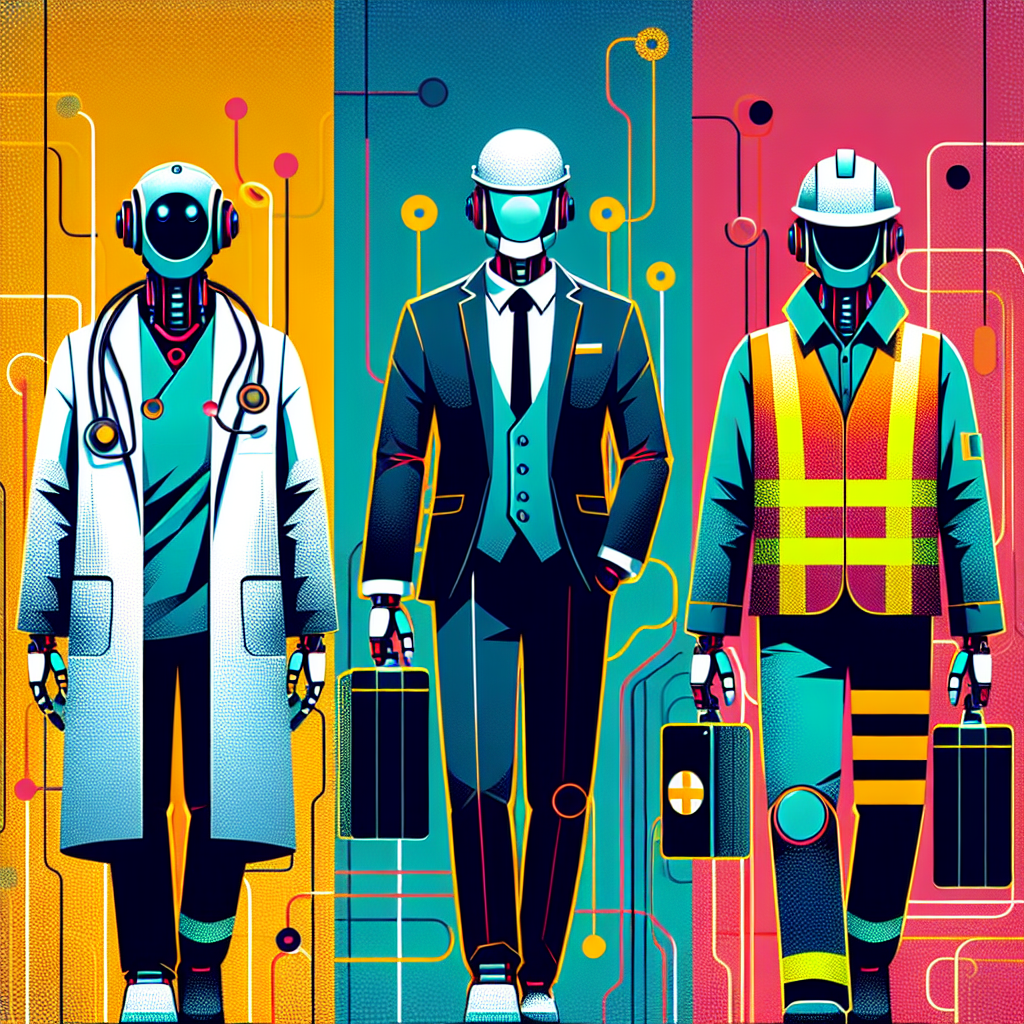
David Metze, AI Researcher and Consultant
Let me help you select, build and deploy your AI solution
Articles and information about artificial intelligence business use cases
The impact that AI can have on your brand
In every corner office and every small business backroom, a crucial conversation is unfolding: How can artificial intelligence (AI) fortify our bottom line? This discussion is deceptively nuanced. After delving into extensive academic research, it becomes clear that AI’s influence extends to both financial performance and brand perception. It turns out that AI is a risky mix of big gains and startling setbacks.
For the sake of clarity, it’s important to define what types of AI we are talking about, lest someone become confused by this confusing topic.
Robotic Process Automation (RPA): This technology streamlines routine tasks without data-informed adaptability, operating on a fixed rules-based system. For instance, automated call centers navigate customer requests with coded commands. Press 1 for a maddening list of other options that have changed.
Machine Learning (ML): Unlike RPA, ML systems improve through experience, better predicting customer needs over time. An example includes predictive texting on messaging platforms that suggests contextually relevant words to users. Akin to a new employee going through and emerging from training, but they can’t quit at the end.
Deep Learning (DL): A sophisticated subset of ML, DL employs neural networks to mirror human decision-making, such as the complex algorithms used in autonomous vehicles to evaluate weather and road conditions. This one is easy; imagine The Terminator.
Customers make an investment in your organization each time they interact, which forms the basis of their perceptions of your brand. Most often, people refer to that investment as engagement. Everyone has some customers that are highly engaged with their brand, and it is commonly thought that these customers are of relative high financial value. On the other end, you have customers with low levels of engagement. It’s not surprising to see engagement levels varying more among brands that connect emotionally with consumers through lifestyle, aspirations, and values, such as Disney and Starbucks.
One inescapable truth is that consumer engagement is deeply affected by interactions with a brand. AI will have a profound impact on your customer interactions, and each type of AI will uniquely impact your brand. I’ve put together a collection of high-level thoughts on how each type of AI could impact your brand. This is not exhaustive, and I encourage everyone who plans to deploy any type of AI to take a very measured and well-thought-out approach.
RPA automates mundane routine tasks for consumers, and it is expected that RPA-based services will have a low impact on brand engagement. For that reason, these processes have the lowest level of risk of altering consumer perceptions over time. These types of AI have been around for a while, and, well, they don’t really have a good reputation. It’s more likely that companies that have been using this type of AI will upgrade to the next level.
ML can have a varying impact on consumer engagement based on the two types of ML. Transactional ML applications are expected to have the lowest impact on consumer satisfaction, while relational applications have the potential for a more profound effect.
Transactional applications are used to facilitate, automate, or enhance transactions, often in real-time or near-real-time. Some examples of this are fraud detection systems for financial services and dynamic pricing in e-commerce. Exploring these interactions is typically a great place to start and they are often hidden behind the scenes of customer service.
Relational interactions are often wired into to a consumer’s desire to bond with a brand. Consider the check-in process at a front desk or travel recommendation systems to assist in decision-making. Both of these interactions have the potential to boost the experience for those that typically don’t care to engage closely with a brand, but for those that do, it could lower perceptions if your brand is high-touch.
DL provides a more seamless experience for the consumer and is most comparable to human-human interactions. Most of the time, consumers are unaware that they are interacting with a DL, or they may be experiencing a self-driving car where they are impressed with it, so long as the car operates safely. Because DL experiences typically displace actions that a consumer would perform themselves, the impact on consumer engagement can have a significant effect on the brand.
If a machine is performing a task for a consumer who prefers to be more engaged with a brand, they effectively become less invested. It becomes possible for that individual to express that investment of time somewhere else within the brand, perhaps by becoming more familiar with other service options or capabilities the brand offers.
Consumers who have an inactive consumer engagement style will become even less motivated to engage with the brand. This could lead to more resources being freed up to explore other brands and options available. It may become necessary to provide opportunities to engage further with the brand to replace that lost interaction.
The transformative potential of AI in business is immense. It’s imperative for leaders to reflect on how AI will shape customer perceptions and interactions. AI’s integration should be in harmony with a brand’s identity, values, personality, positioning, experience, and promise. Ultimately, AI will mold consumer perceptions—let’s aim to make it a positive one.
Hollebeek, L. D., Sprott, D. E., & Brady, M. K. (2021). Rise of the Machines? Customer Engagement in Automated Service Interactions. Journal of Service Research, 24(1), 3-8. https://doi.org/10.1177/1094670520975110
Brodie, R. J., Hollebeek, L. D., Jurić, B., & Ilić, A. (2011). Customer Engagement: Conceptual Domain, Fundamental Propositions, and Implications for Research. Journal of Service Research, 14(3), 252-271. https://doi.org/10.1177/1094670511411703







